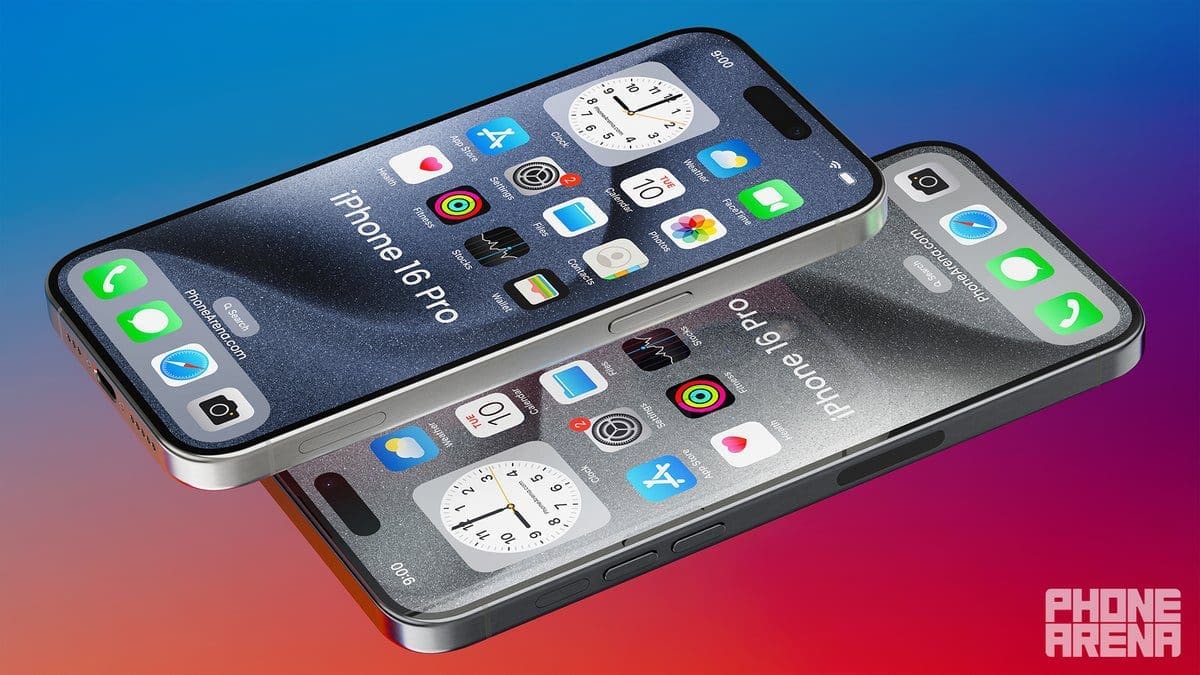Mobile providers in the U.S. are continuing to build out their 5G networks, despite spending less money on 5G this year. The focus of this expansion is primarily on the mid-band segment, where most wireless firms’ customers are located. To ensure comprehensive coverage, these companies are using small cells in urban areas. American Tower CFO Rod Smith believes that although this marks the end of the beginning of the 5G cycle, operators will continue to invest in capacity as they did with 4G and 3G.
The mid-band spectrum is considered the “workhorse” of 5G, requiring the deployment of more cell sites and antennas. Unlike mmWave high-band airwaves, which have limited coverage, mid-band signals can travel greater distances and deliver download speeds up to 10 times faster than low-band signals. Low-band spectrum is more suitable for nationwide 5G coverage due to its wide coverage range and ability to penetrate structures.
Tower leasing firm Crown Castle has observed a slowdown in tower leasing, prompting a reduced forecast for 2023. However, the company expects a 5% growth in tower leasing activity this year. Crown Castle plans to deploy over 10,000 small cells in response to potential industrial applications for 5G, such as retailers using drones for deliveries. Small cells excel in handling capacity constraints and targeted uses where macro towers fall short.
SBA Communications CFO Brendan Cavanagh highlighted the difference in the 5G buildout compared to previous generations due to the absence of a “killer app.” However, Cavanaugh anticipates a surge in the deployment of 5G mid-band spectrum once T-Mobile gains access to the hundreds of 2.5GHz licenses it acquired last year. These licenses have been in limbo since the FCC’s auction authority expired in March, awaiting congressional renewal.
The executives also expressed optimism about Dish’s involvement in building its 5G network, as the company strives to meet FCC targets. Dish faces a deadline in June 2025 to have its 5G signals reach 75% of Partial Economic Areas (PEAs), and the executives anticipate that Dish will start working towards this goal in early 2024.










